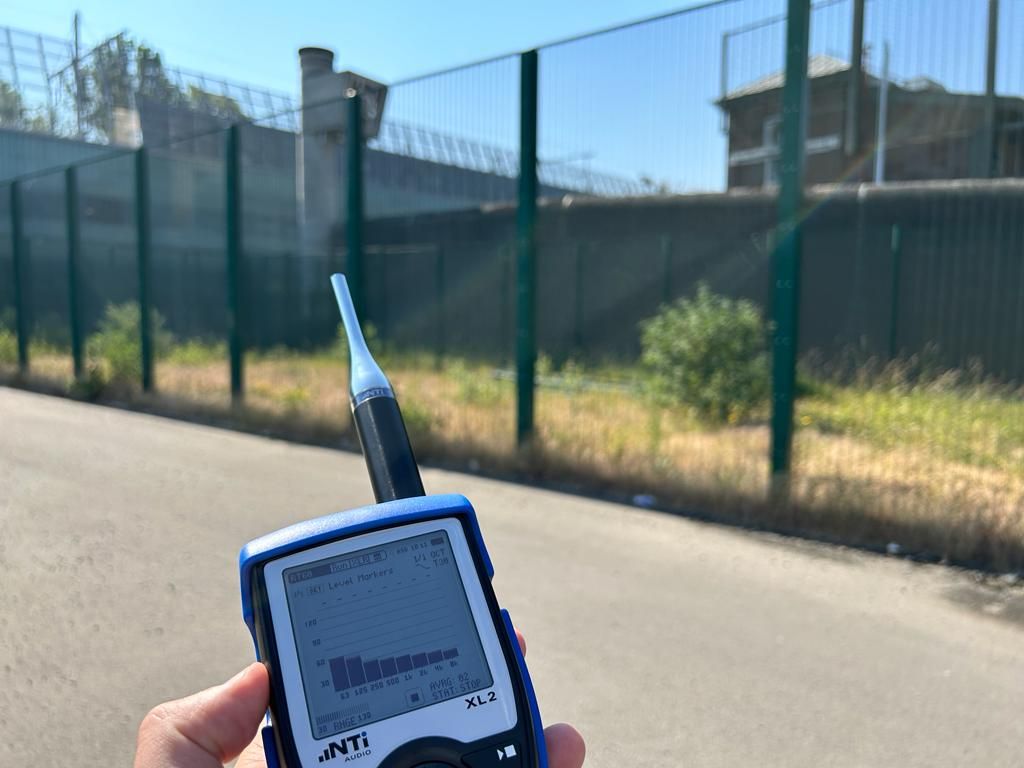Acoustic insulation is a key factor in building comfort. The most common indicators—Rw, DnT,w, and L’nT,w—describe how effectively a wall or floor blocks or transmits airborne and impact noise. Understanding them helps engineers and designers make informed decisions.
Why measure sound insulation?
Sound insulation limits the transmission of noise between rooms and ensures privacy. Proper calculation ensures that buildings comply with national regulations and provide suitable acoustic comfort.
Main acoustic indicators
- Rw: Weighted sound reduction index (lab-tested).
- DnT,w: On-site measured difference in sound level.
- L’nT,w: Normalized impact sound pressure level.
Rw – Weighted sound reduction index
Rw expresses the airborne sound insulation of a building element under laboratory conditions (ISO 717-1). Higher values mean better performance:
- 30–40 dB: basic partition walls.
- 45–55 dB: office or classroom walls.
- 60+ dB: high-performance or recording spaces.
DnT,w – Field measurement
DnT,w includes the reverberation time and room volume. It’s usually lower than Rw due to real-life sound paths and flanking transmissions. A simplified approximation is DnT,w ≈ Rw – 8 to 10 dB.
Typical target values
- Offices: ≥ 40 dB
- Schools: ≥ 45 dB
- Hospitals: ≥ 50 dB
- Housing: ≥ 53 dB
See more in our Acoustic insulation and Tertiary buildings sections.
FAQ
What is the difference between Rw and DnT,w?
Rw is a lab index; DnT,w is measured on-site and reflects real acoustic performance.
Is 60 dB Rw good?
Yes, it provides excellent insulation, though the field value may be around 50 dB.
How to improve poor isolation?
Increase wall mass, add decoupled layers, and control flanking transmission.
Are these indices mandatory?
Yes, they’re specified in most European building and acoustic standards.
